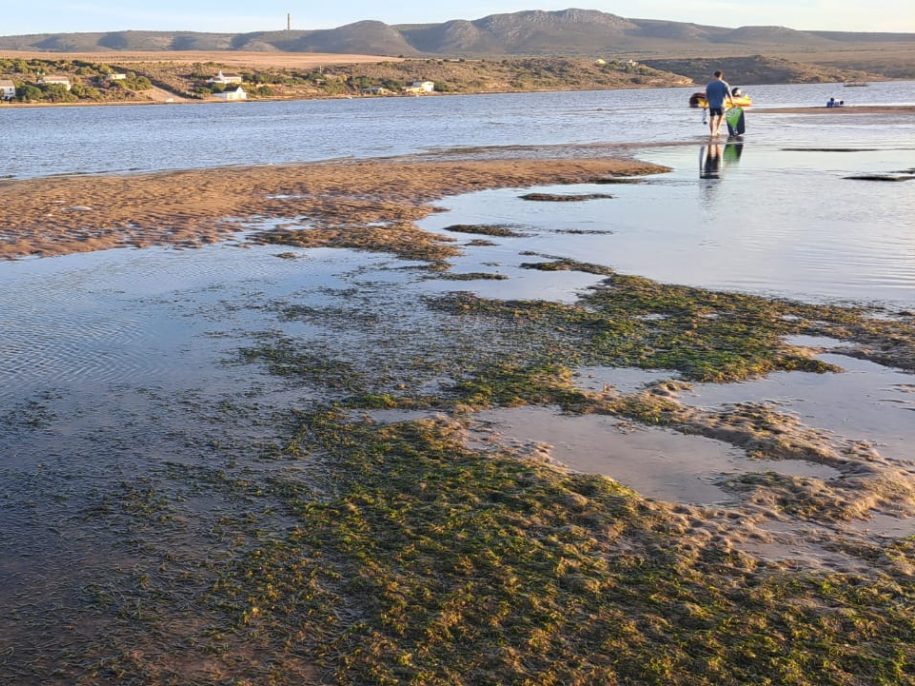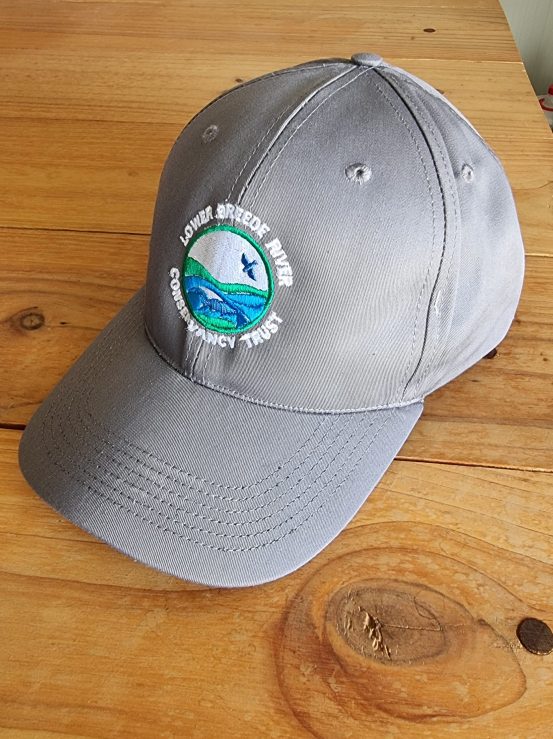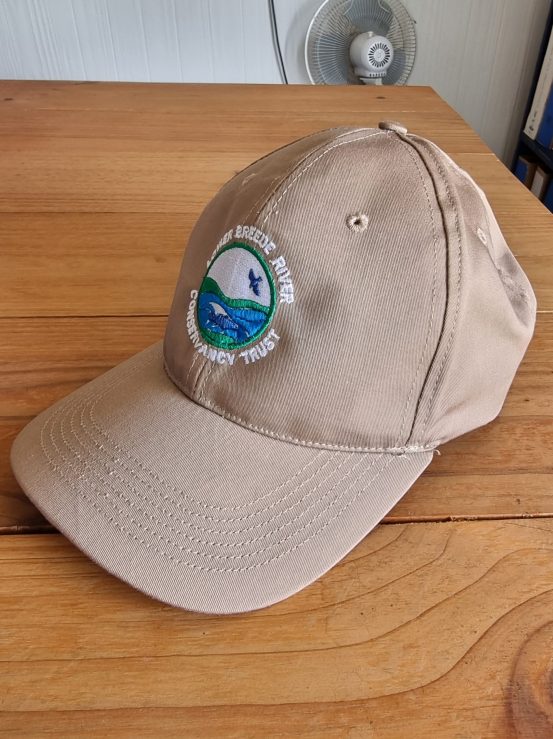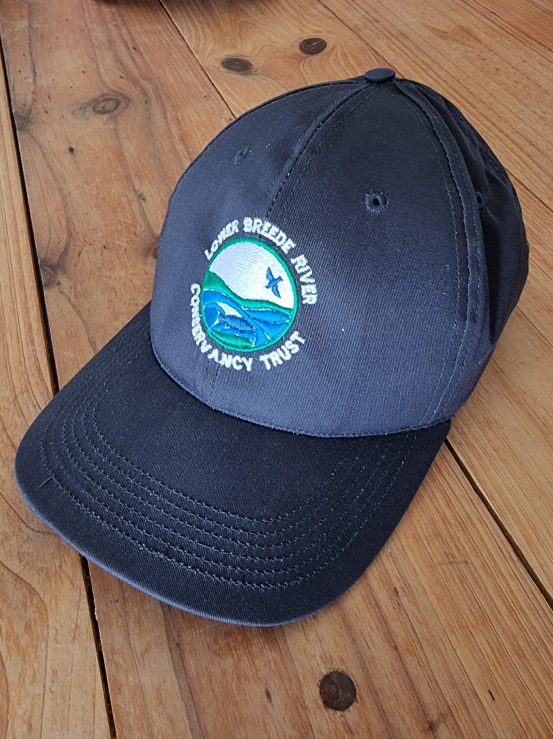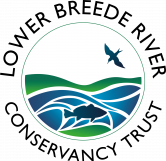

Issue 40
June 2022
Saviours of the Sea - Seagrass research along the Breede River Estuary
By Aidan Bossert
Human-induced climatic change is undoubtedly one of, if not the most pressing concern facing humanity in the 21st century. Climatic change has resulted in an increase in the Earth`s temperatures both on land and at sea, with widespread and rapid changes in the atmosphere, oceans, and biosphere having occurred as a result. These rapid changes (evident in sea-level rise, ocean acidification ad habitat loss)have manifested threats to humanity and biodiversity.
Blue carbon, defined as the carbon (C) stored in vegetated coastal zones specifically mangrove forests, salt marshes and seagrass meadows has the potential (if preserved and enhanced) to successfully avert some of the many perils of climate change. These blue carbon systems are invaluable as their contribution of long-term carbon storage, per unit area, is much greater than that of the world`s forests. In fact it has been shown that global blue carbon systems are currently responsible for storing a third of the carbon from the world`s annual transport emission.
Seagrass meadows, in particular, are an indispensable part of global blue carbon systems as they provide the highest amount of carbon storage in relation to their global area among all blue carbon sinks. Seagrass` below-ground biomass (rhizomes i.e. modified roots) plays an essential role in accumulating organic carbon stocks by depositing carbon absorbed from the atmosphere into the sediment (soil) beneath the plant. Seagrass is an immensely valuable global carbon ink but it is currently facing unprecedented threats which could substantially diminish its carbon storing capability
As of the end of last year (2021), seagrass populations have suffered a global net loss of 5602 km2 in each of the world's bioregions. Causes of this decline in seagrass coverage include excessive nutrient and sewage spillage into estuaries, the introduction of invasive species, sea-level rise and litter. Not only does a loss in global seagrass coverage reduce these ecosystems capacity to mitigate climate change (by hindering their ability to store carbon from the atmosphere) but it will in fact release carbon, already stored in seagrass meadows, back into the atmosphere. In order to effectively combat the threats facing seagrass populations it is essential that global policy aligns to tackle climatic issues but at a smaller scale the conservation of seagrass meadows and understanding
the dynamic factors which enable these meadows to store vast amounts of carbon are crucial to their preservation. My research along the Breede estuary aims to evaluate these key carbon storing factors and gain an understanding of whether more carbon is stored at the upper reaches of the estuary or closer to the estuary mouth.
More specifically, I expect the seagrass meadows of my study species, Zostera capensis (South Africa's most abundant seagrass), to store more carbon higher up in the estuary as opposed to closer to the mouth because the size of the soil particles are believed to be smaller higher up in the estuary (which is said to be more conducive to carbon storage). I will also investigate if there is a correlation between the density of seagrass meadows i.e. the number of seagrass shoots per unit area and the amount of carbon stored in the meadows (as it is said that denser meadows trap more carbon). Lastly, the final layer of my research will attempt to determine what percentage of the carbon stored in the sediment (soil) of these meadows is stored directly from the seagrass plants themselves and how much originates from other vegetation types (algae or reeds etc.) which has been deposited into the soil from adjacent habitats. This section of my work will allow me to disentangle the amount of carbon stored in seagrass meadow sediments originating from the seagrass plants themselves in relation to that originating from other vegetation types.
Ultimately, with this research I hope to add to the growing body of scientific work attempting to develop mitigation strategies against climate change and hopefully enable the pinpointing of sites (upper or lower in the estuary) where seagrass carbon storage is greatest.
Determining sites of maximum carbon storage potential along an estuary will allow for enhanced seagrass restoration projects. These restoration projects, which will form the basis of my work in the coming years, entails growing naturally occurring seagrass under controlled laboratory conditions (to speed up their growth rate to maturity) and subsequently replanting them into the most appropriate estuarine sites (with maximised carbon storage potential). I hope that through my work I may be able to shed some limelight on the importance of these underwater rainforests and their potential as a tool for climate change mitigation.
Watch how Aidan samples seagrass in the Breede River Estuary
Please be Vigilant and Drive Safely
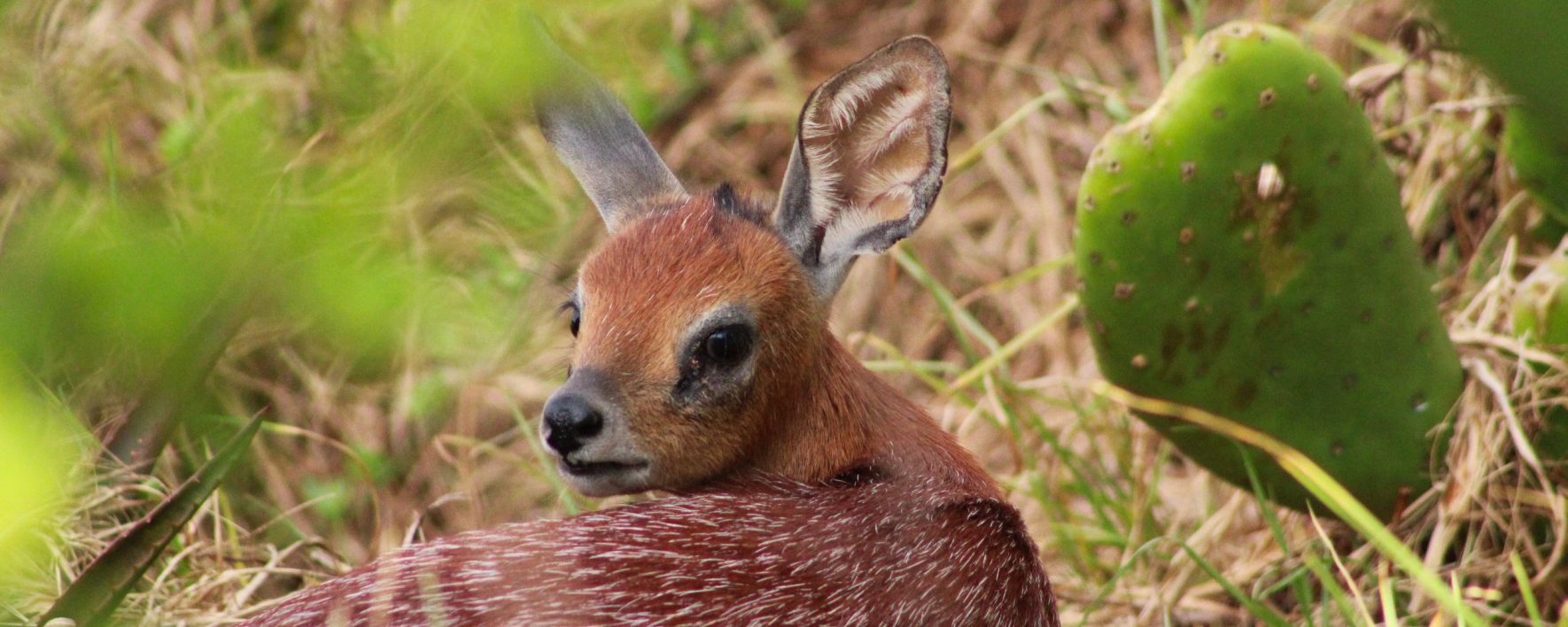
© Jason Oxley
Wildlife is killed and injured every day on our roads. These animals cannot move freely due to fences and built up areas. Please be vigilant and drive within the speed limits. A maximum speed limit of 80 km/h is recommended on all dirt roads, as well as on the tar road leading to Heidelberg at night.
EISH!
Your Boat Licence is due for Renewal
Recreational boat licences for the Breede River are available from any of our five outlets as well as online (link below). In accordance with the Municipal Financial Year, all licences are valid from the 1st of July 2022 until the 30th of June 2023.
Please note: Commercial licences are required for vessels used in commercial operations, such as chartering, rentals and houseboats. Please apply in writing to info@breede-river.org
Mission Statement
The mission of the LBRCT is to conserve and protect in a sustainable manner, the natural resources and living species in the biological and ecologically sensitive Breede River Estuary and the adjoining land areas while at the same time promoting safe and lawful recreational use.
If you take an active interest in, or use, the Breede River Estuary we hope that you will consider becoming a member of the LBRCT and support our endeavours by contributing to these efforts.
Monthly Monitoring
Water Quality and Bird Counts
The LBRCT conducts a monthly bird count and water quality run on the Breede River. Both operations are conducted at spring low tide (full moon and new moon). The water quality run is to account for the pushing tide increasing the salinity of the water upriver as we travel and test. The bird count it is to observe and record the different species of birds as they forage on the exposed mudflats.
For the latest results please click here.
Summary of June's Monthly Monitoring Results:
Breede River Locations Map
Click here to view all the popular locations along the Breede River Estuary and get to know their colloquial names!

The Theme for July and August
is WINTER
- All images must be taken on the Breede River or its surrounds and can be of the landscape, wildlife, or anything that relates to WINTER in this unique area.
- Only two photo entries allowed per person.
- Please send entries to conservation@breede-river.org, or via social media (preferably in high resolution).
- Entries close on Monday the 15th of August and voting will open on Tuesday the 16th of August.
- Voting will close on Tuesday the 30th of August and the competition winner will be announced on Wednesday the 31st of August.
- By entering this competition, photographers give us the right to use their image(s) to promote the Lower Breede River Conservancy Trust and be used in our publications. Watermarked images will be accepted.
Conservancy Caps for Sale
You can now be a proud ambassador of the Lower Breede River Conservancy Trust. Our embroidered peak caps are durable and come in a variety of colours, namely grey, khaki and charcoal (limited stock available).
Paid-up Members - R200
Non-members - R250
If you would like to order one or more caps, please send an email to info@breede-river.org


